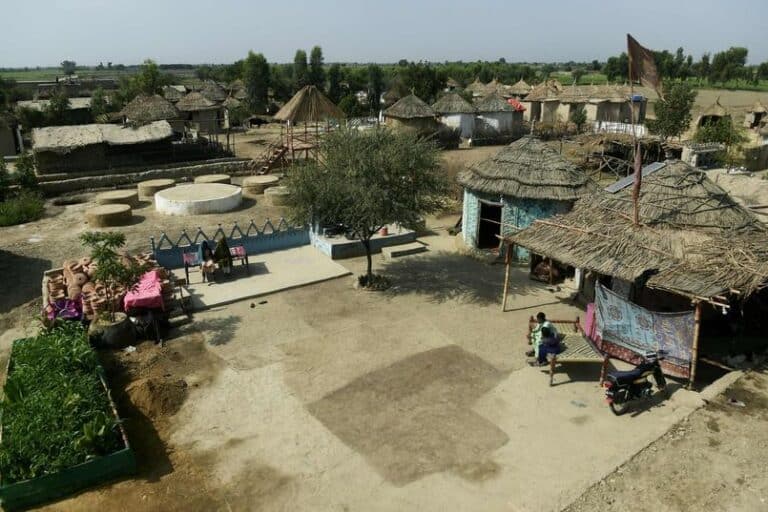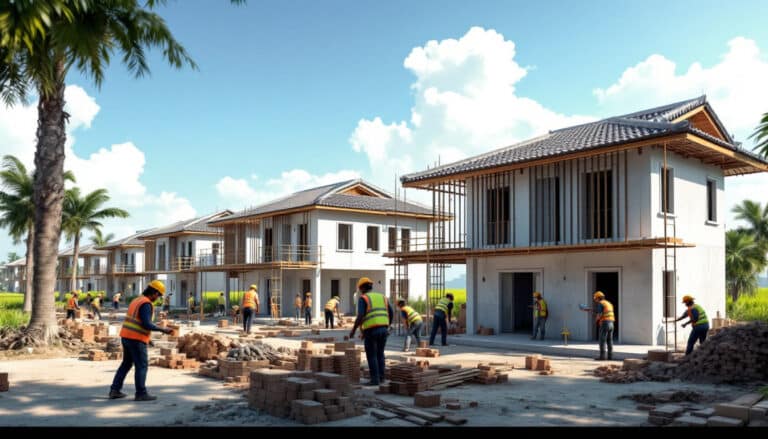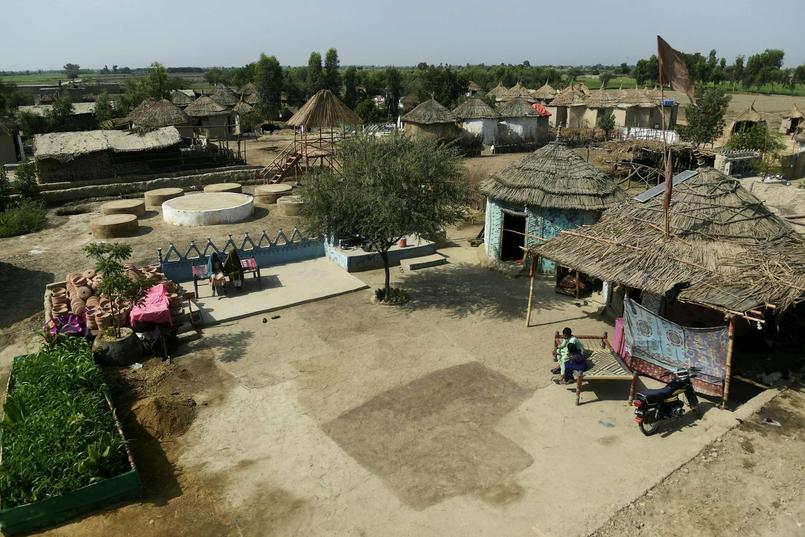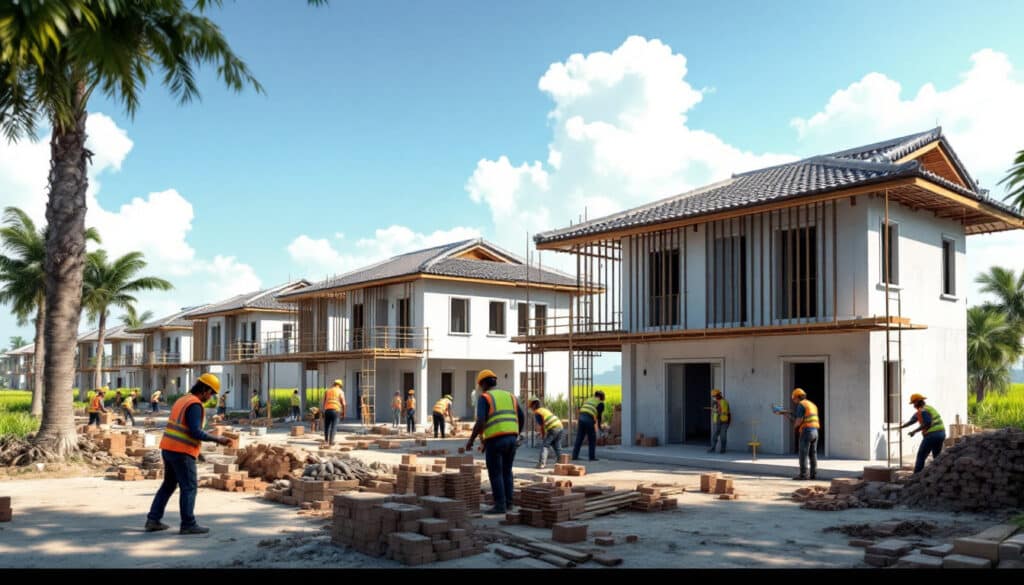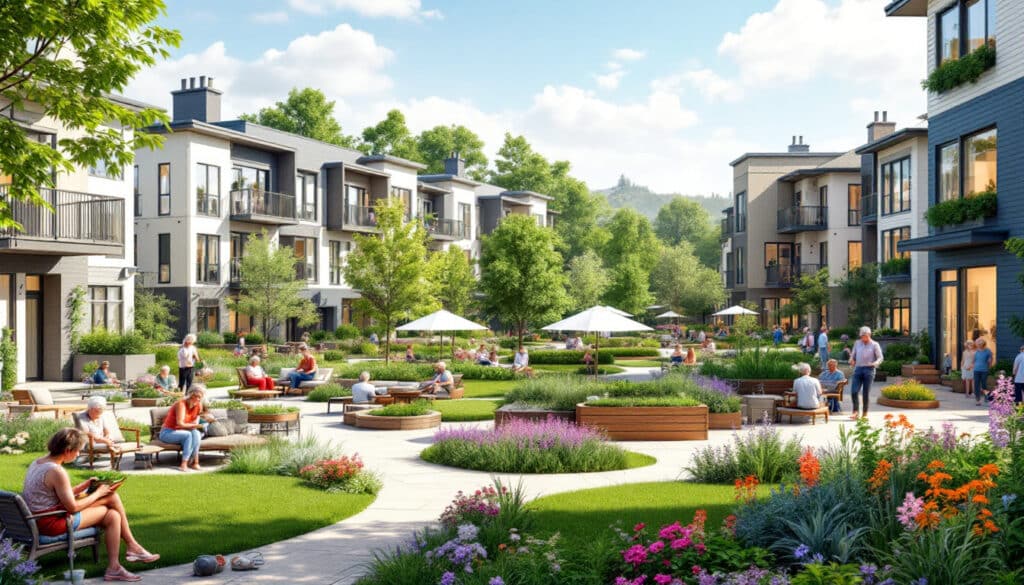Rafael Viñoly was a renowned architect, known for his innovative and sustainable approach to architecture. One of the central points of his work was waste management during the construction of buildings. He demonstrated that up to 96.4% of construction waste could be diverted from landfills through recycling and reuse practices. This philosophy of sustainability has inspired numerous projects, notably in iconic structures such as the MGM Grand Complex and other great achievements around the world. Additionally, his legacy continues to influence today’s architecture studios, highlighting the importance of sustainability in the construction industry.
Table of Contents
ToggleRafael Viñoly and Sustainable Waste Management in Architecture
Rafael Viñoly, as a visionary architect, has always made a point of integrating sustainable development into his projects. His design of buildings was not just limited to aesthetics, but also encompassed deep thinking about environmental impact. One of the crucial elements of this approach was the waste management of construction.
A leading example of this philosophy is how Viñoly and his team managed to divert nearly 96.4% waste generated during the construction of their projects. This demonstrates a clear desire to optimize resources and reduce the carbon footprint. In a world where ecological concerns have never been more pressing, this strategy is not only responsible, but also essential.
By encouraging recycling and choosing sustainable materials, Rafael Viñoly proved that architectural innovation could alleviate the environmental burden. His vision paved the way for a new generation of architects, reminding them that every decision made on a construction site has repercussions far beyond the walls built.
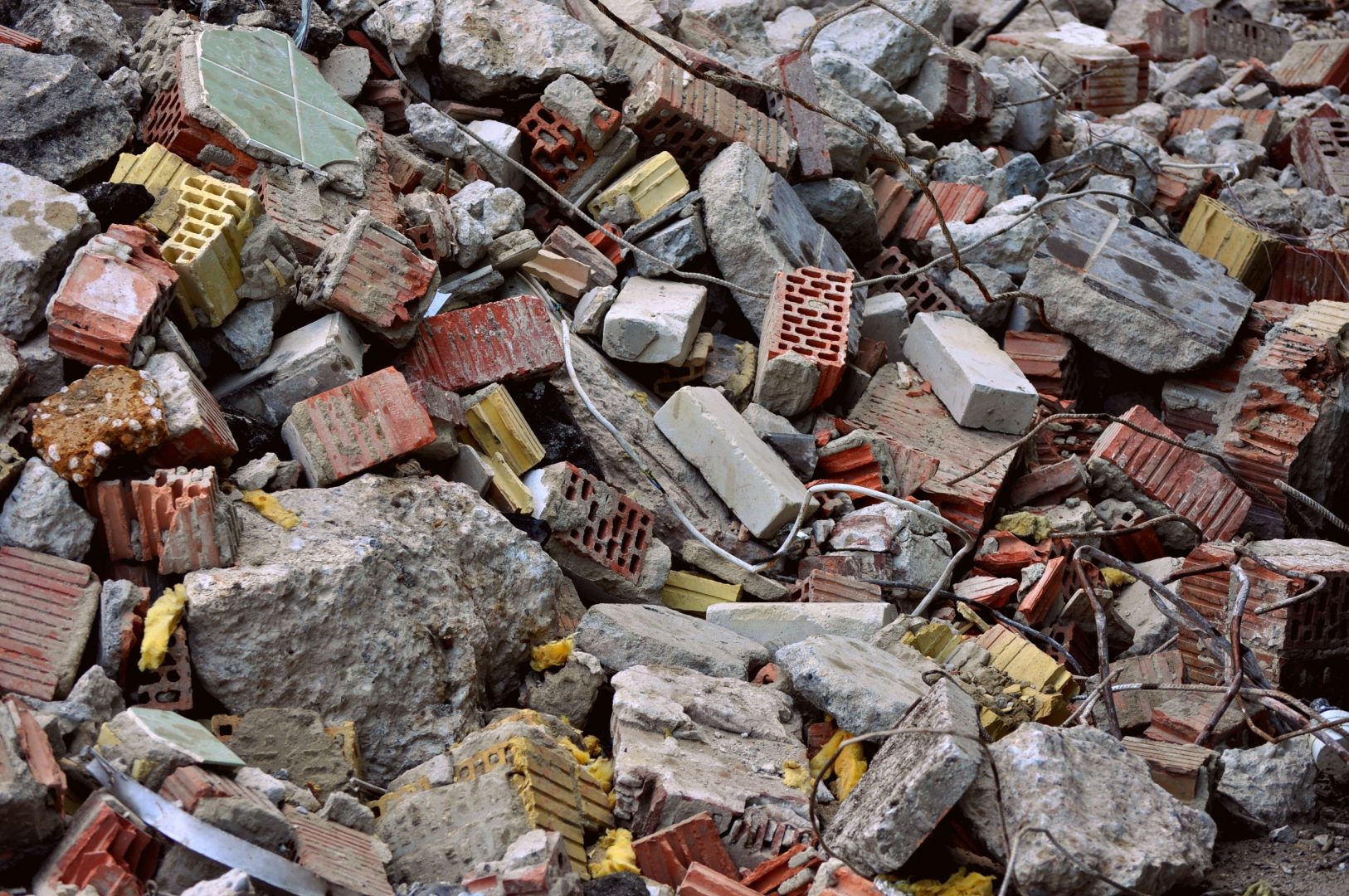
Rafael Viñoly: a visionary architect and the importance of waste management in buildings
Born in 1944 in Montevideo, Uruguay, Rafael Viñoly is recognized as one of the most influential architects of his generation. He has made his mark in the field of architecture through his bold and innovative projects, which often echo contemporary challenges, such as sustainability and resource management. His career took off remarkably in New York, where he founded his architectural practice, helping to create spaces that combine aesthetics and functionality.
One of the fundamental aspects of Viñoly’s work is his investment in sustainability. In a global context where the preservation of the environment becomes essential, he has always been attentive to the ecological impact of his achievements. Growing awareness of the issues surrounding construction waste has led many architects, including Viñoly, to rethink their approach. In its projects, particular attention was paid to the management of waste, thus making it possible to divert a significant proportion of these materials from landfills.
A prominent example of this commitment is one of its projects in London, where 96.4% of construction waste was recovered. This success demonstrates not only its concern to integrate sustainable practices into its designs, but also its desire to raise awareness in the sector of the importance of reducing its ecological footprint. Viñoly has always been able to integrate the question of materials and their life cycle into his architectural reflections.
The concern ofenvironment is also manifested through the design of buildings that promote the judicious use of resources. His ability to create iconic structures that meet user needs while respecting the environment has made him a pioneer in the field. By combining aesthetics and ethics, Rafael Viñoly has demonstrated that it is possible to make the beautiful and the sustainable coexist.
His work is also marked by complex projects such as the MGM Grand complex, which brings together hotels, a conference center, commercial spaces, as well as residential apartments. This achievement illustrates the holistic vision of the architect, who was able to create a multifunctional place while integrating reflection on the management of resources and waste. Its systemic approach values the reduction and recycling of materials, demonstrating that environmentally friendly architecture is not only desirable but achievable.
Beyond his constructions, the death of Rafael Viñoly in March 2023 has sparked reflection in the world of architecture on the legacy he leaves behind him. Architecture studios, especially those who were influenced by his vision, must now navigate the issue of succession while preserving his values. Waste management in buildings is an issue which, more than ever, must remain at the heart of concerns for the creative geniuses who will follow it.
In short, the importance of waste management in buildings, as illustrated by Rafael Viñoly’s career, is a fundamental aspect that must be integrated into contemporary architectural thinking. His exemplary career highlights the potential of sustainable architecture that works for a better future, both for users and for the planet.
FAQ about Rafael Viñoly and waste management in buildings
What is Rafael Viñoly’s contribution to construction waste management?
Rafael Viñoly has designed projects where more than 96.4% of construction waste have been diverted through exemplary sustainability practices.
Why is waste management crucial in modern architecture?
Waste management helps reduce the environmental impact of buildings, optimizes resources and promotes the development of more efficient structures. sustainable.
What illustrious projects show Rafael Viñoly’s commitment to sustainability?
Projects such as the MGM Grand Complex demonstrate its commitment, combining accommodation and commercial space while integrating eco-responsible practices.
How can architects improve waste management?
Architects can promote strategies such as reuse of materials, reduction of waste at source and integration of systems of recycling in the design of buildings.
How are the buildings designed by Rafael Viñoly models of sustainability?
These buildings exemplify an integrated approach, combining aesthetics and environmental responsibility, while emphasizing waste management effectively.





